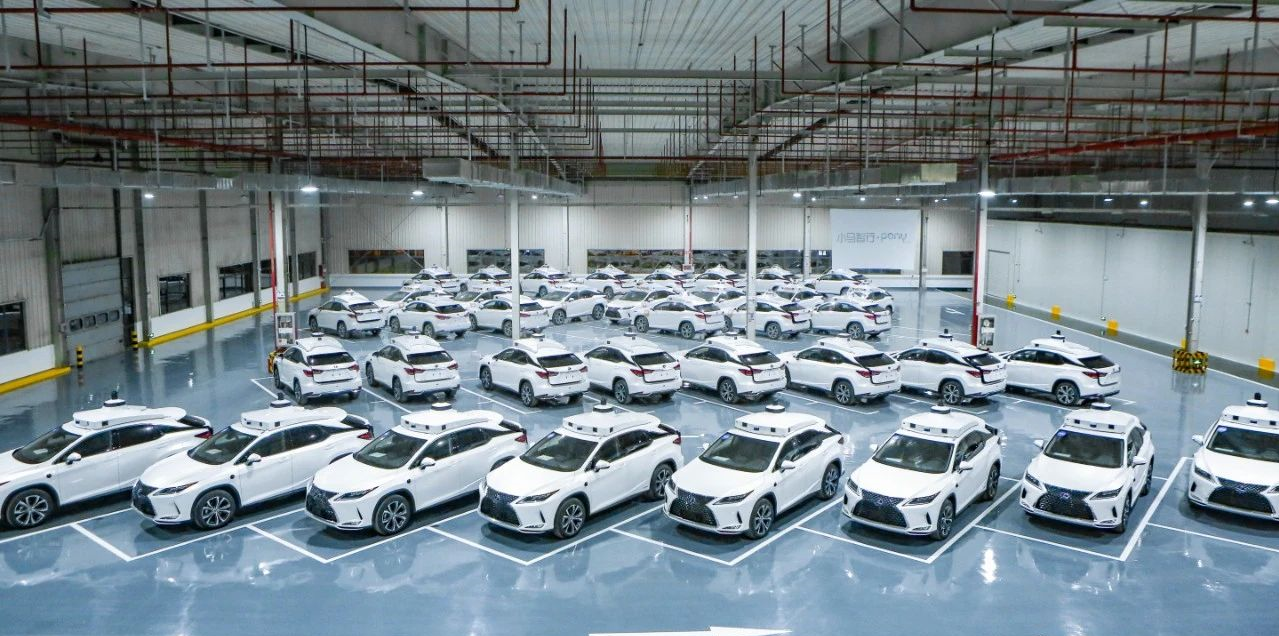Yunchung from the Copilot Temple.
Intelligent Car Reference|Wechat Official Account AI4Auto
Milestone nodes have been reached and the real challenge has begun. Friends, you now have a choice when it comes to taking a ride: human drivers or AI virtual drivers – which one will you pick?
In the past, there was no choice – robotaxis had dedicated operating areas or were subject to conditions within the same competition. But from now on, AI drivers and human drivers will finally be on an equal footing and compete on a level playing field, fairly tested by ordinary citizens.
This is a new milestone for Pony.ai and a new commercial breakthrough for the entire robotaxi industry.
On April 24th, 2022, the first operating license for autonomous driving was issued for taxis in Guangzhou, China.
Different from the previous testing management system, autonomous driving companies will now start Robotaxi commercial operation with industry standards, using what kind of vehicles, parts, and technology criteria to provide taxi transportation services, and with the same industry standards.
This historic operating license is won by Pony.ai, which will provide 100 autonomous vehicles for taxi services initially, according to the bid notice. These autonomous vehicles that meet the safety requirements of Guangzhou’s intelligent connected vehicles demonstration operation will operate in South China’s Nansha District. It is expected that starting from May, the PonyPilot+ app developed by Pony.ai can be used to call Robotaxi services within the 803 square kilometers coverage of Nansha. The fare standard will also follow that of Guangzhou taxi.
This series of substantial progress means that autonomous vehicles, the so-called Robotaxis, are now officially included in the category of general vehicle transportation operation and management, subject to standardized management for national taxis. And because the fare is also referenced to a unified price, AI drivers and human taxi drivers are objectively in the same arena, competing on an equal footing, and no longer confined to areas exclusively for robotaxis.
In other words, no more special treatment, no more discrimination.# Introduction of Autonomous Driving Industry New Standards
Previously there were two common ways for self-driving companies to offer robotaxi services:
- Testing in designated ODD (Operational Design Domain) areas with special privileges.
- Partnership with taxi or ridesharing companies in licensed areas to provide robotic taxi calling options as an additional service.
However, this time Pony.ai paved a new path as an independent entity that publicly competed, received equal consideration in policy and regulatory assessment, and eventually won the bid and approval to compete alongside traditional taxi companies within the Nansha district of Guangzhou.
For everyday citizens, this means that robotaxis are no longer treated as exclusive technology experiences, but instead have become an ordinary option for one’s daily transportation.
Of course, making robotaxis no longer treated as something special requires additional effort behind the scenes.
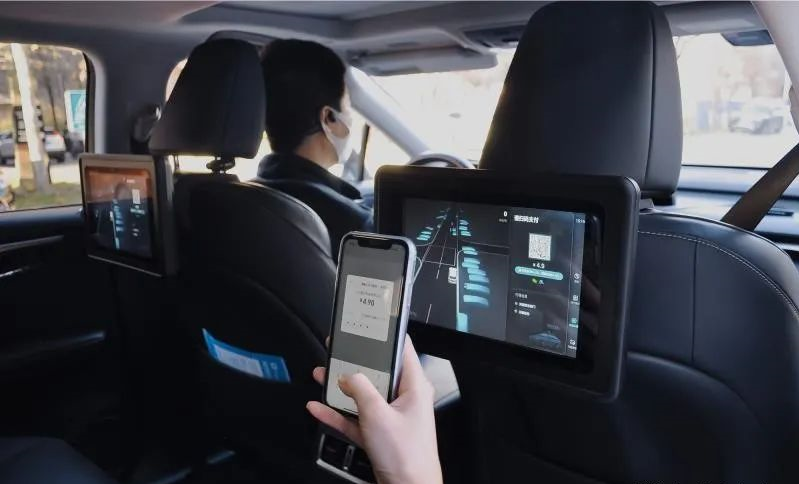
New Standards in Autonomous Driving
This additional effort represents a new industry standard that encourages evolution and adaptation to new things.
As an autonomous driving company, in addition to traditional taxi business requirements, Pony.ai must also meet a series of safety-related standards, including technical strength and operational experience.
In another aspect, this is also a test of safety.
Furthermore, the Robotaxi vehicles operated by Pony.ai underwent rigorous testing conducted by a national-level inspection agency in order to become the first autonomous driving vehicle to pass the Guangzhou Intelligent Networked Vehicle Safety Technology Standard (GINVTSS).
Pony.ai revealed that the inspections included the vehicle getting soaked in a torrential downpour, in order to ensure compliance with the QC/T 476 “Passenger Car Rainproof Sealing Performance Limit Value and Test Methods,” the industry standard for car rain protection and sealing.
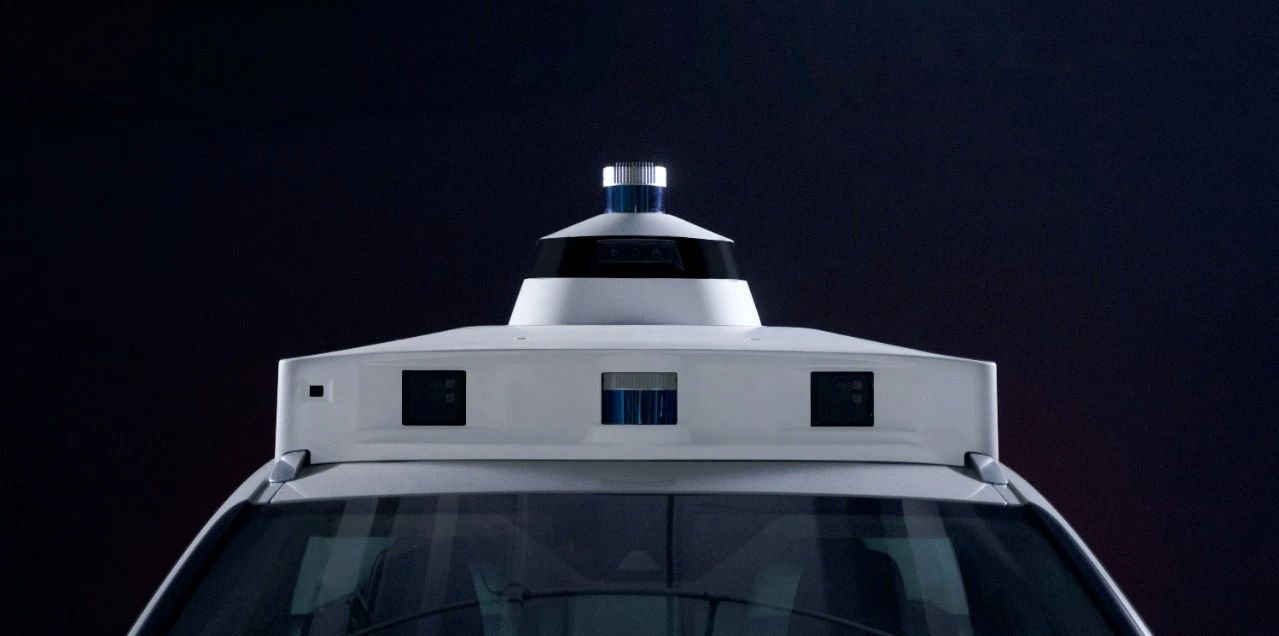
Reportedly, the Guangzhou Intelligent Networked Vehicle Safety Technology Standard includes several national mandatory standards and industry recommended standards.
And the reason Pony.ai was able to successfully obtain approval was inextricably linked to the PonyAlpha X self-driving hardware and software system, which is the autonomous driving system currently deployed on Lexus vehicles in multiple cities, such as Guangzhou, Beijing, and Shanghai.
Thanks to the standardized cooperation of Pony.ai and Toyota in system design and production processes, the PonyAlpha X system has achieved a pre-installed level of stability and reliability.
Therefore, the issuance of this license and the establishment of industry standards have significant implications.
Following Pony.ai’s innovation, newcomers to the industry can follow the path and reuse established experiences and standards.In addition, it is worth noting that behind the promotion of the new standard, there is accumulated security operation data proved.
As early as the end of 2018, Pony.ai landed the first Robotaxi service in China, in Nansha, Guangzhou.
Since then, under policies allowing it, Pony.ai has launched Robotaxi services for the public in Beijing, Shanghai, Guangzhou, Irvine, and Fremont.
From technological platform to operation system, Pony.ai has been preparing for today’s commercial Robotaxi for a long time.
According to data from Pony.ai, from the launch of the taxi hailing mini program in December 2018 to mid-April this year, Pony.ai’s PonyPilot+ service has completed over 700,000 orders, with 99% of passengers giving positive feedback after the trip, and a service satisfaction rating of 4.9 (out of 5).
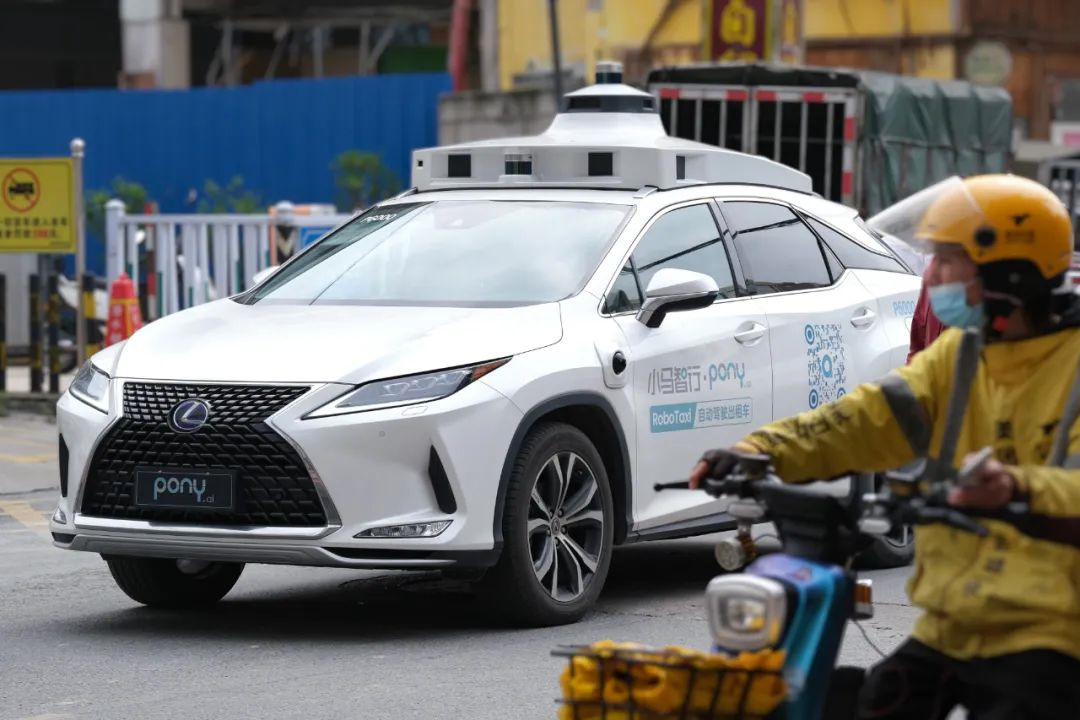
Furthermore, in terms of Robotaxi commercialization, Pony.ai took the lead in launching a commercial trial in Beijing in November of last year.
It is this kind of data that has gone through time and practical examination that has become another proof of the stability and safety of the Robotaxi vehicle system, which can bid farewell to specialized and specialized treatment.
Finally, whether it is promoting the formation of new standards or the previous operational landing experience, it actually points to the scale commercialization of Robotaxi.
Pony.ai has also begun to face new challenges in the commercial operation stage of Robotaxi.
For example, special long-tail scenarios or operational redundancy in emergency situations.
In the autonomous driving industry, there is a dedicated 5G cloud driving preparation, meaning that the vehicle can be taken over in real-time in the cloud to help vehicles in extreme situations get out.
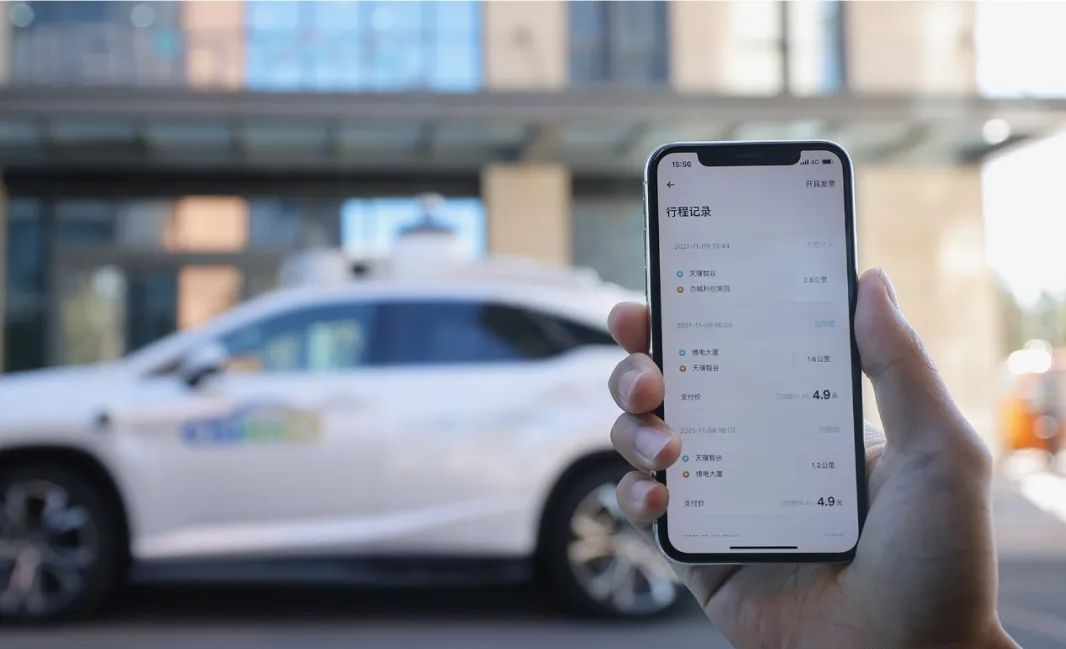
But Pony.ai has a different solution to this –
Remote Assistance instead of taking over.
On the one hand, the remote assistance system will monitor the operational conditions in real-time to ensure that it can intervene and play a role in case of special circumstances.
On the other hand, the core of remote assistance is to issue higher-level commands to the autonomous driving system, such as replanning the route, reversing, etc., allowing the system to make decisions based on real-time road conditions, ultimately achieving road rescue.
According to Pony.ai, the reason for choosing this approach is still rooted in its goal of large-scale commercialization.
Because it does not rely on high-performance network signals such as 5G, it can reduce its dependence on advanced infrastructure and signals and better guarantee the progress of Robotaxi’s landing in larger-scale and different geographical scenarios.
So it can be seen from a glimpse of the whole picture, that Pony.ai’s breakthrough today has already been embedded in the five years of technology research and development.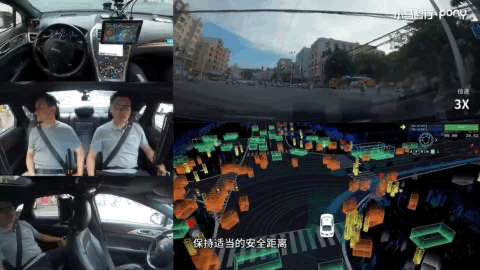
AI Drivers and Human Drivers Compete on an Equal Footing
It may take some time to fully understand the significance of “autonomous driving company taxi licenses” ——
this is a small step for Pony.ai, but it will be a big step for the entire autonomous driving industry.
Firstly, there is no doubt that this is an important commercial development for Pony.ai and a milestone in the Robotaxi field.
Secondly, in the grand process of autonomous driving landing, the competition between AI virtual drivers and human drivers has come to a moment of equal competition, where the winner earns the trust of the public by strength for the first time.
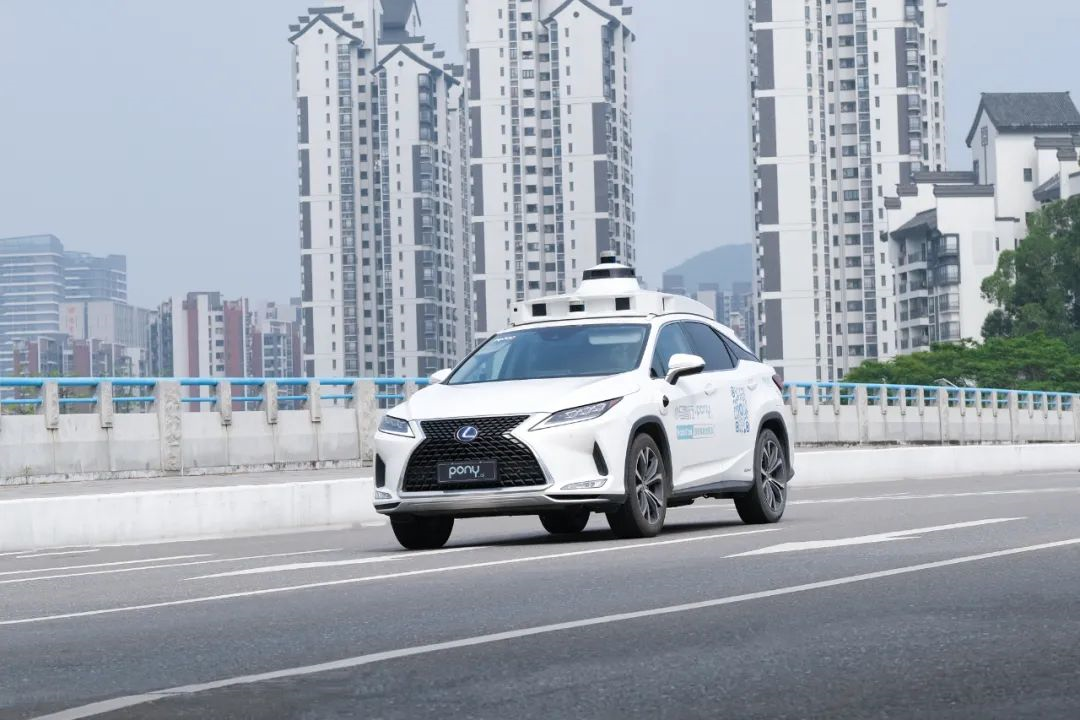
Let’s start with Pony.ai.
Pony.ai, a well-known player in the technology field, has been leading the industry since its founding at the end of 2016 in terms of technology implementation and financing valuation.
In Guangzhou, where the most autonomous driving players are located, according to the latest Guangzhou Intelligent Networked Car Road Test Report, Pony.ai ranks first in terms of the number of test licenses, total test mileage, test efficiency, and test scope.
And since last year, they have been conducting unmanned tests, which have caused a stir in the industry with a video sample of 1 hour of continuous testing during peak hours without any takeover.
However, in terms of commercialization, as with all autonomous driving players, they face questions, especially in the Robotaxi —— start-ups are dealing with Robotaxi.
As the crown jewel of autonomous driving, Robotaxi has the largest market scale, and its technical difficulties and challenges in landing are equally huge.
Therefore, even though the prospects are promising, there is still no consensus on the implementation path and landing schedule.
But the way to success is simple: three things are needed for commercialization of Robotaxi:
-
First, policy approval.
-
Second, ready technology.
-
Third, users willing to pay.
Today’s approval has proven the positive policy direction and technical guarantees.
Undoubtedly, it is a good thing and a driving force for the entire Robotaxi field.
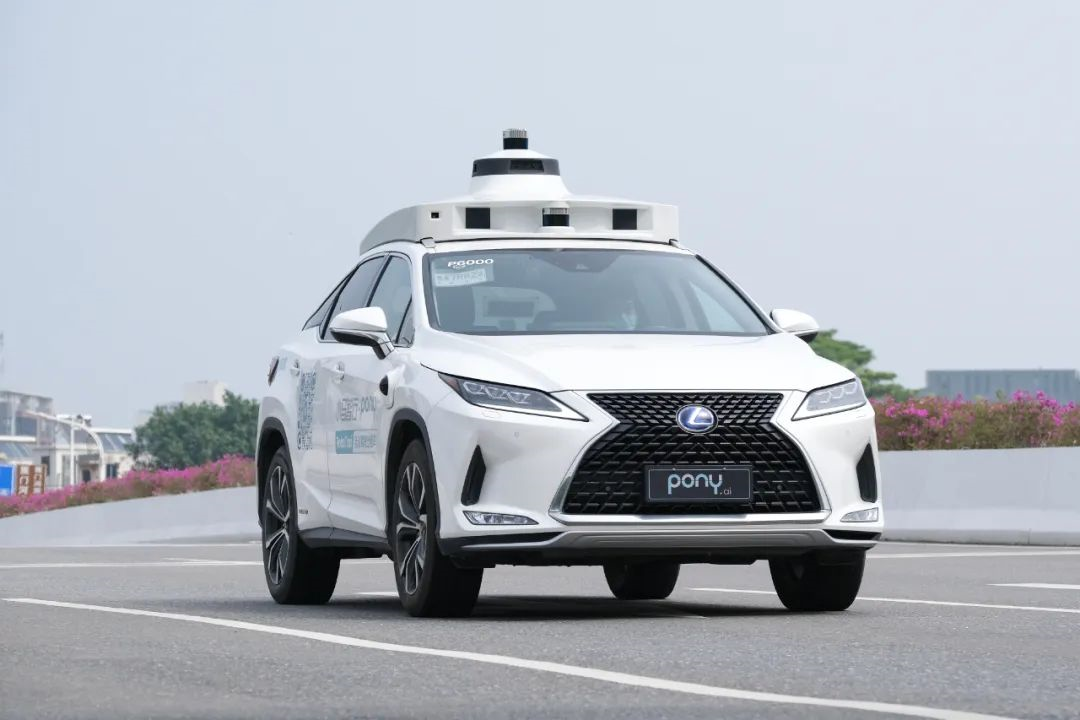
Moreover, because Pony.ai adopts an open bidding process, the objective promotion of industry standards is also achieved, which allows licensing processes in different places to have references and other Robotaxi players in the same field to have samples to follow.
Moreover, according to the trend of competition among Chinese cities, the leading advantages brought by Guangzhou’s pioneering spirit may not last too long.As more regions open up licenses for commercialization of Robotaxi, it may accelerate to become a part of daily life in cities.
This is equally worth looking forward to for ordinary citizens and users.
After all, this once hard-to-reach cutting-edge technology is going to become ubiquitous in our daily lives.
If Robotaxi can provide safer, more comfortable, and efficient travel experience, even at a more affordable price, why not take advantage of it?
However, the speculation about price competitiveness may need to be further waited upon.
In this license of Xmov Robotaxi, safety personnel still need to be in place, and the pricing standards also need to reference the unified pricing standards of Guangzhou taxis.

But this may be a better way to test the public’s acceptance of AI drivers.
Nowadays, “veteran drivers” usually refer to those who have rich experience and highly skilled driving techniques, while taxi drivers, due to the nature of their work, whether it is the duration of work or the challenges of road conditions, can be considered as representatives of veteran drivers in the human driver community.
Therefore, the license of Xmov Robotaxi in Guangzhou has objectively formed a market comparison of human-robot mixed traffic-the price is the same.
So which one will citizens and users trust more in their daily travels – the AI virtual driver of the new species Robotaxi or the human veteran driver of ordinary taxi?
This has become a pending and highly-anticipated choice…
Regardless of which choice, it may not affect the overall trend of intelligence. However, it will affect the commercialization process of Robotaxi, and whether it will further accelerate.
Believe it, users will soon vote with their feet.
Who do you prefer? Are you looking forward to the commercialization of Robotaxi promoted by Xmov in Guangzhou to land in your city?
–The End–
This article is a translation by ChatGPT of a Chinese report from 42HOW. If you have any questions about it, please email bd@42how.com.
